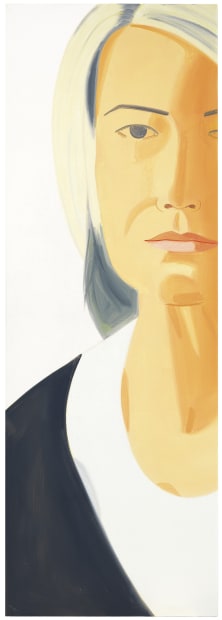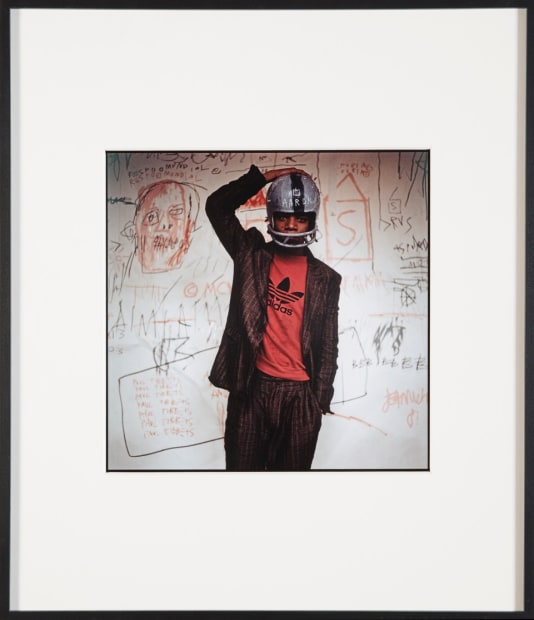Portraits: 1962 - 2017 examines the use of portraits in art across different mediums such as photography, oil paintings and drawings.
The journey takes us from Europe to Asia and from Africa to North America. We revisit Marilyn Monroe's famous "The Last Sitting", watch Georg Baselitz remix his provocative work "Big Night", explore Jean-Michel Basquiat's use of materials such as found wood or his early adoption of xerox photocopy and are mesmerized by Alex Katz's big scale portrait "Martha" or Jiro Takamatsu's Shadow (No. 1430).
-

-

-

-

-

-

-

-

-

Mohau Modisakeng
Untitled - Qhatha Series (2010 - 2011)Our next stop takes us from Europe to Africa and from painting to photography. We explore the work of Mohau Modisakeng, born 1986 in Soweto and currently living and working in Cape Town, South Africa.
His work has been widely exhibited internationally and is included in the collections of
Zeitz Museum of Contemporary Art Africa, Cape Town, South Africa..
Johannesburg Art Gallery, Johannesburg, South Africa.
IZIKO South African National Gallery, Cape Town, South Africa.
Saatchi Gallery, London, United Kingdom.
University of South Africa, Cape Town, South Africa.
New Church Museum, Cape Town, South Africa.
Shanti Art Collection.
Modern Forms.
Minneapolis Institute of Art, Minneapolis, MN, USA.
Montreal Museum of Fine Arts, Montreal, Canada.
-

-

Gavin Bond
Mr. Brainwash 7 - 2013What better way to proceed than with an artist portraying another artist. More precisely, Gavin Bond, a graduate of St Martin's School Of Art, famous for shooting at international runway shows in the 1990s and today one of the most sought after celebrity photographers in the world portraying Mr. Brainwash, french street artist and one of the protagonists of "Exit Through the Gift Shop".
-

-

-

-

















